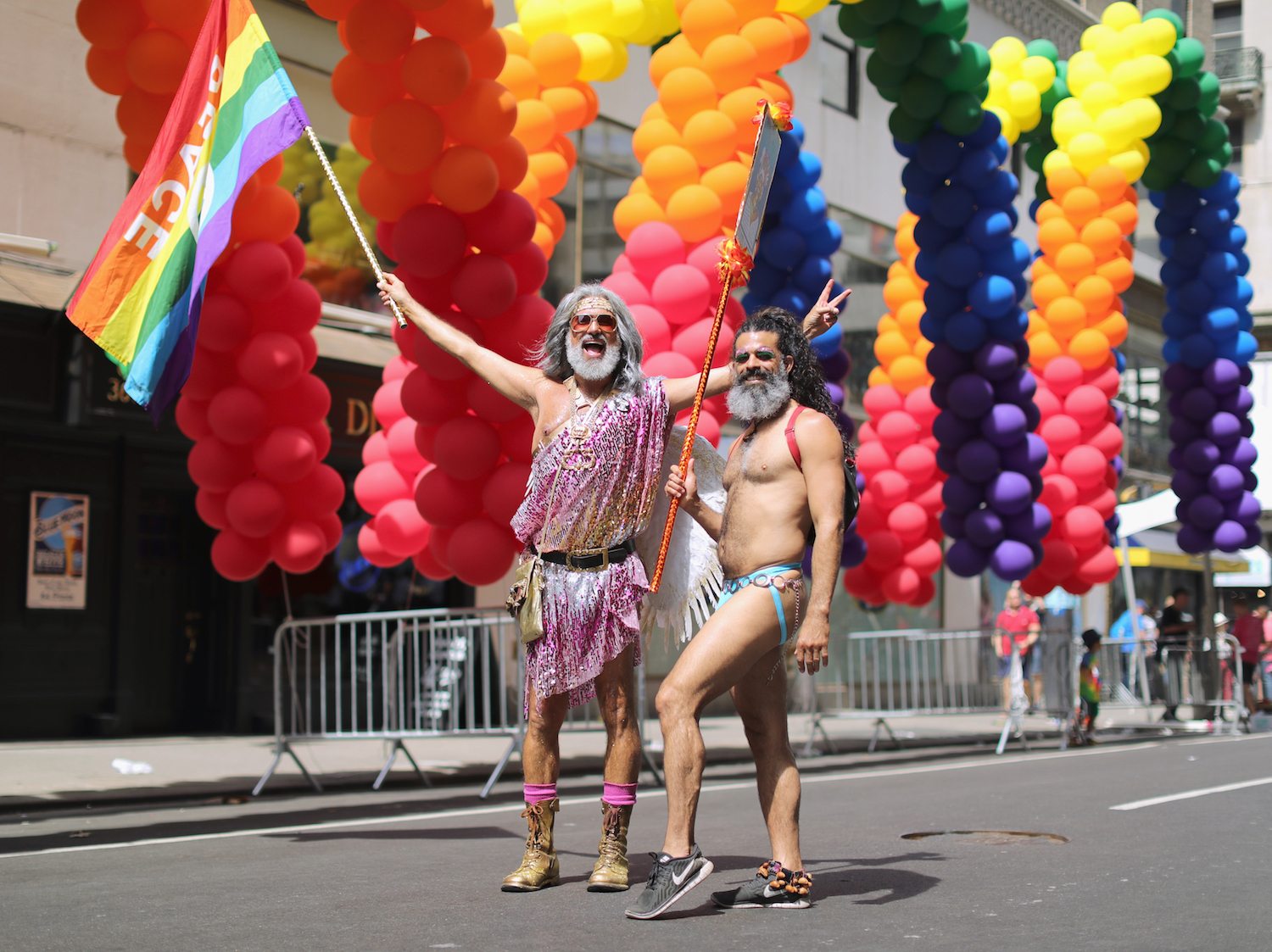Gay couple feature in mural on New York subway

A gay couple from Manhattan will be sending a powerful message to New York commuters about the power of normalising the LGBT community through art.
The couple will feature as a mural at the 72nd Street station on the Second Avenue subway line, as part of a project by an artist portraying the everyday citizens of New York.

Thor Stockman, 60, and husband Patrick Kellogg, will be holding hands in the mural as part of the series of murals created by Brazilian artist Vik Muniz.
The series, called “Perfect Strangers” will feature life-size mosaics of day-to-day New Yorkers.
The artist said that he intends to show the variety of different commuters that can be spotted daily on the subway, and that includes the gay couple.
“They are just people you would expect to see. You would expect to see men holding hands,” explained Muniz.
The photo the mosaic is based on was taken three years ago in preparation for the project, and three years on the two had completely forgotten about it.
When they found out, they were overjoyed at the news, and said it “was like winning the lottery”.
“Our friends were happy that this is gay representation on the walls of New York City, but our friends were even happier that this is gay representation that is not incredibly beautiful and skinny,” Kellogg said.
Stockman added, “They were just average-looking guys like us.”
The art is historically important because although gay couples in NYC are far from rare, artwork depicting their love is, says expert in gay art history, Jonathan David Katz.
Katz said there was no other example of a permanent, non-political LGBTQ public artwork in New York City besides the new mural.
He said the work is long overdue in a city that’s “ostensibly the epicenter of both the art world and the gay movement.”
“What makes it a turning point is it isn’t gayness singled out and made the theme. On the contrary, the work naturalizes gayness within the fabric of the city, and in so doing, that’s actually an even more powerful message,” he said.
“It’s great that it’s no longer a taboo for men to show this kind of everyday affection.”

